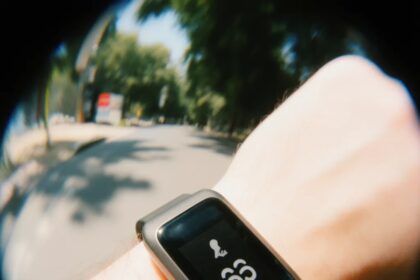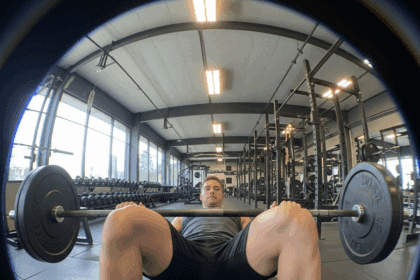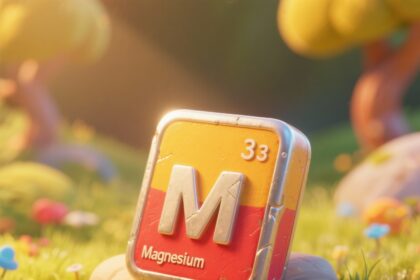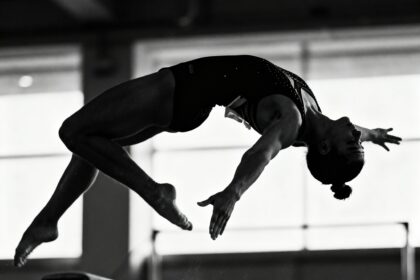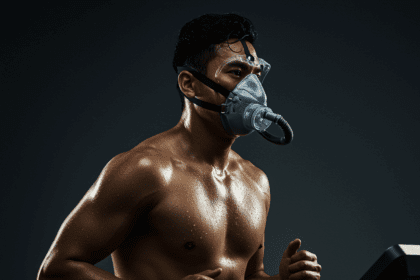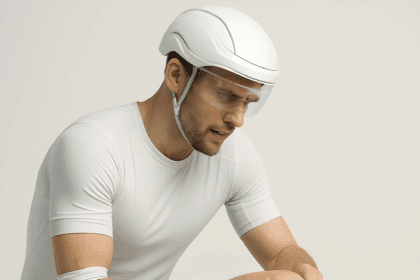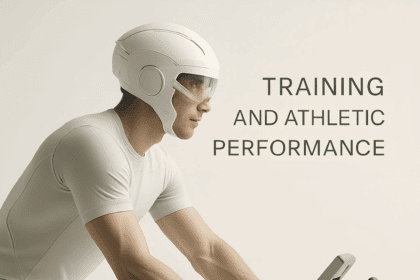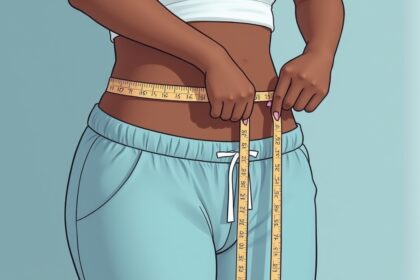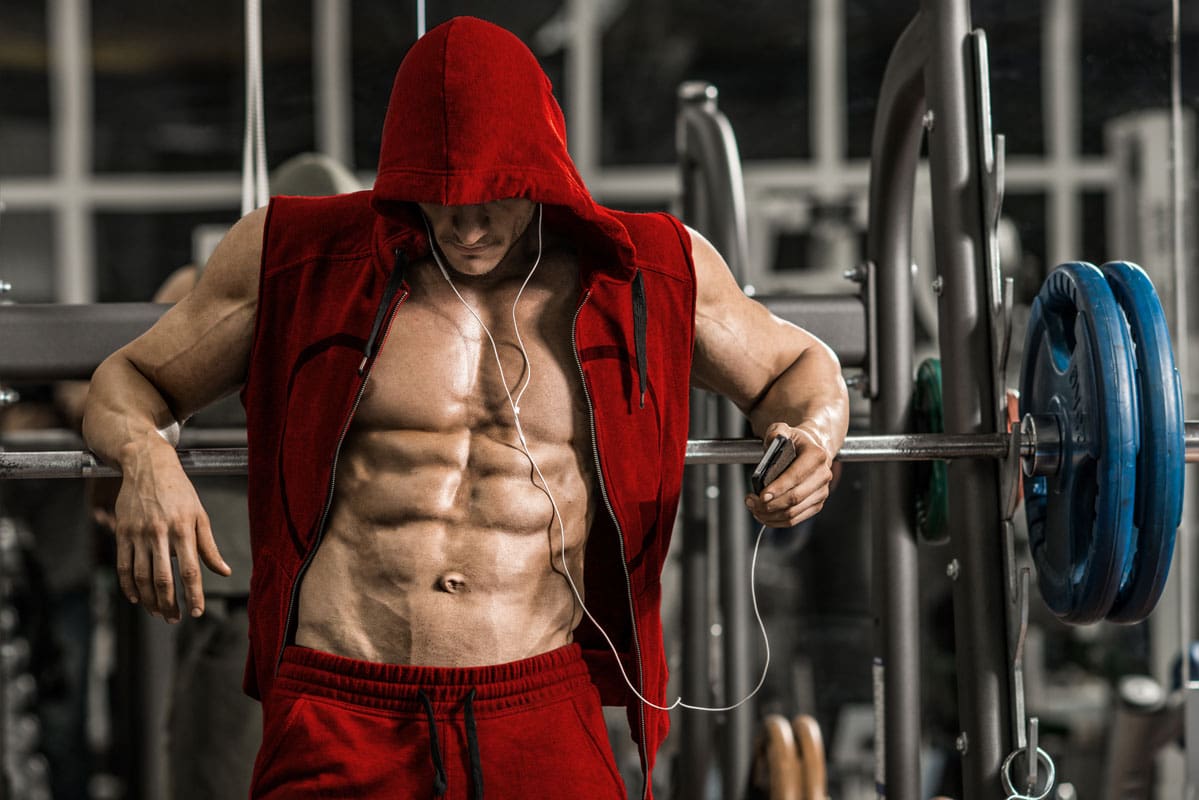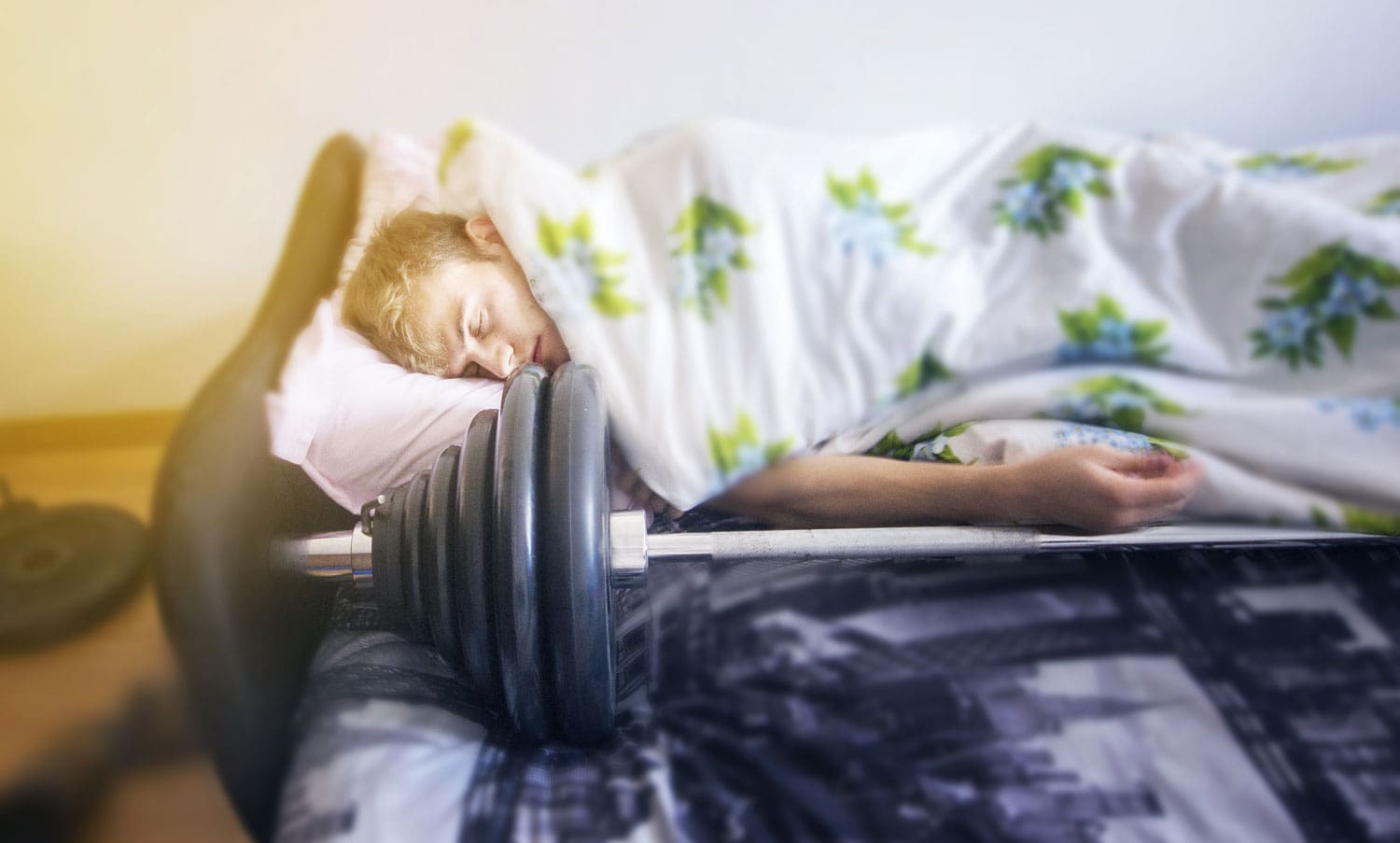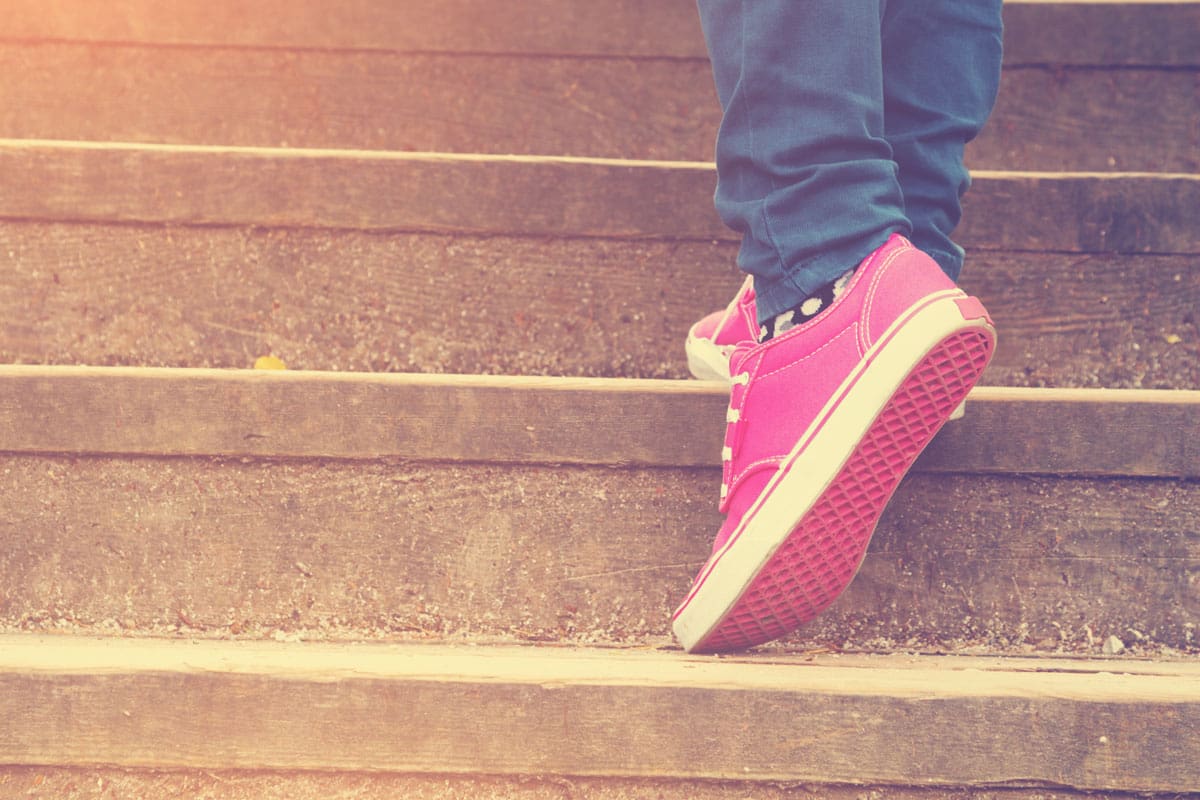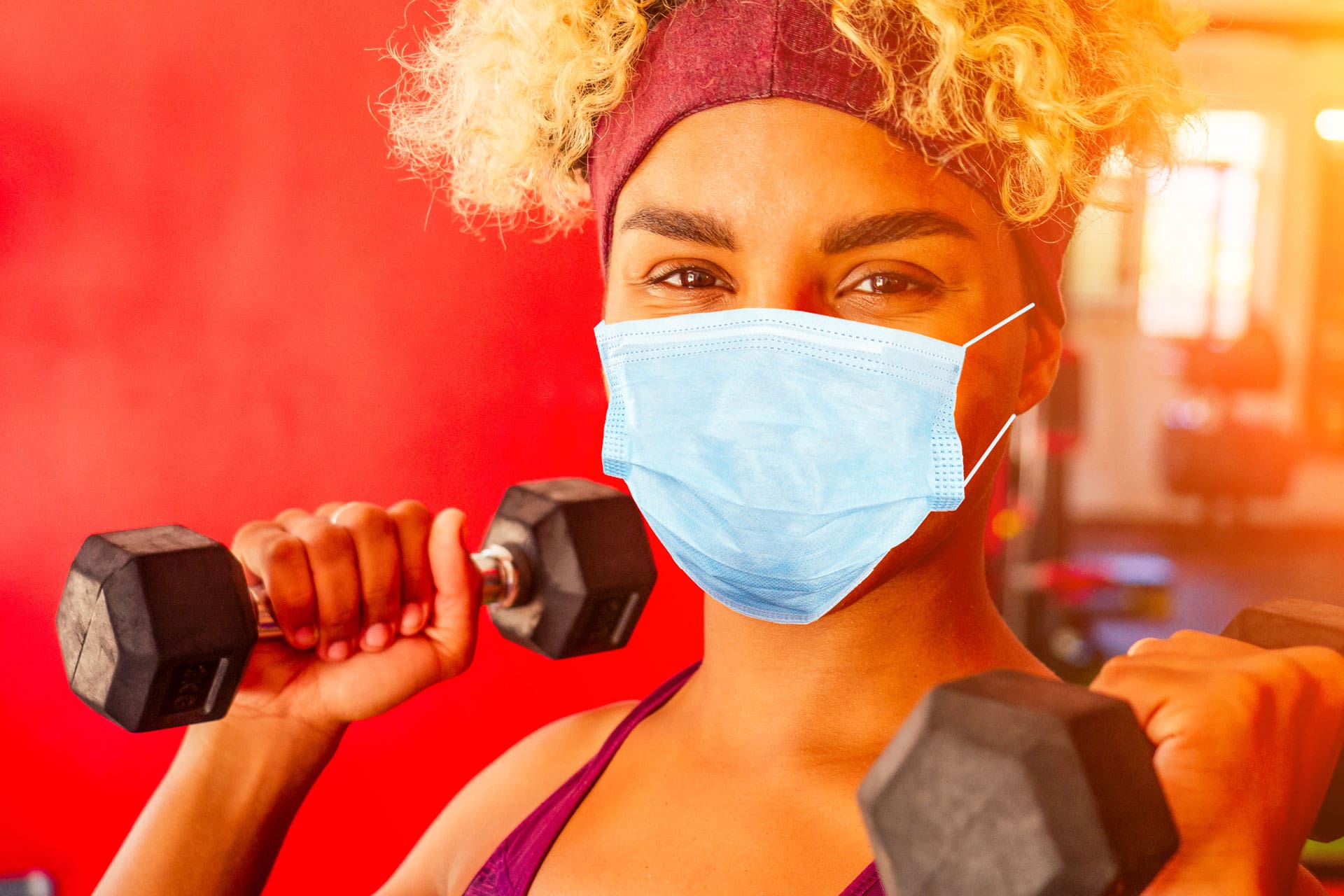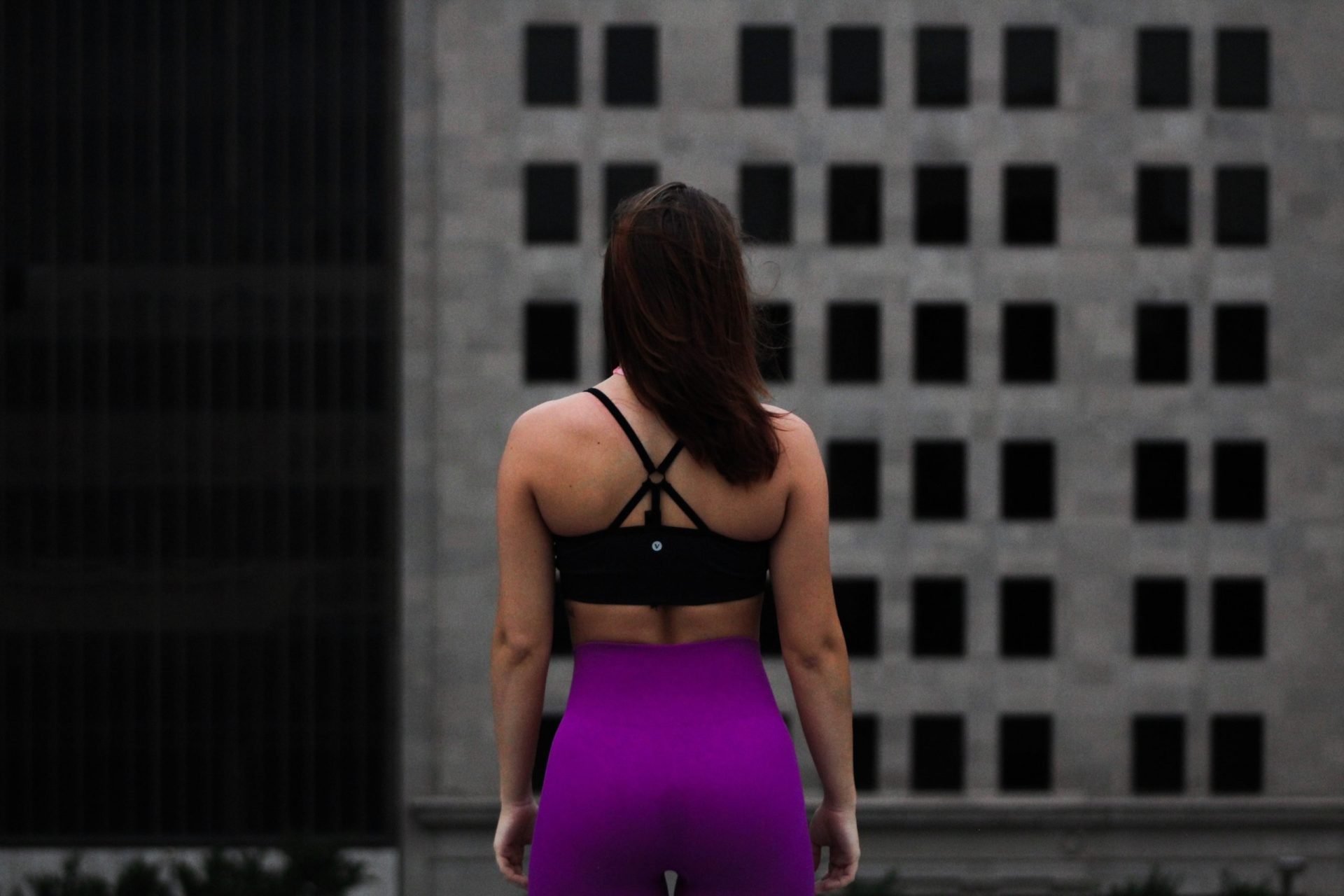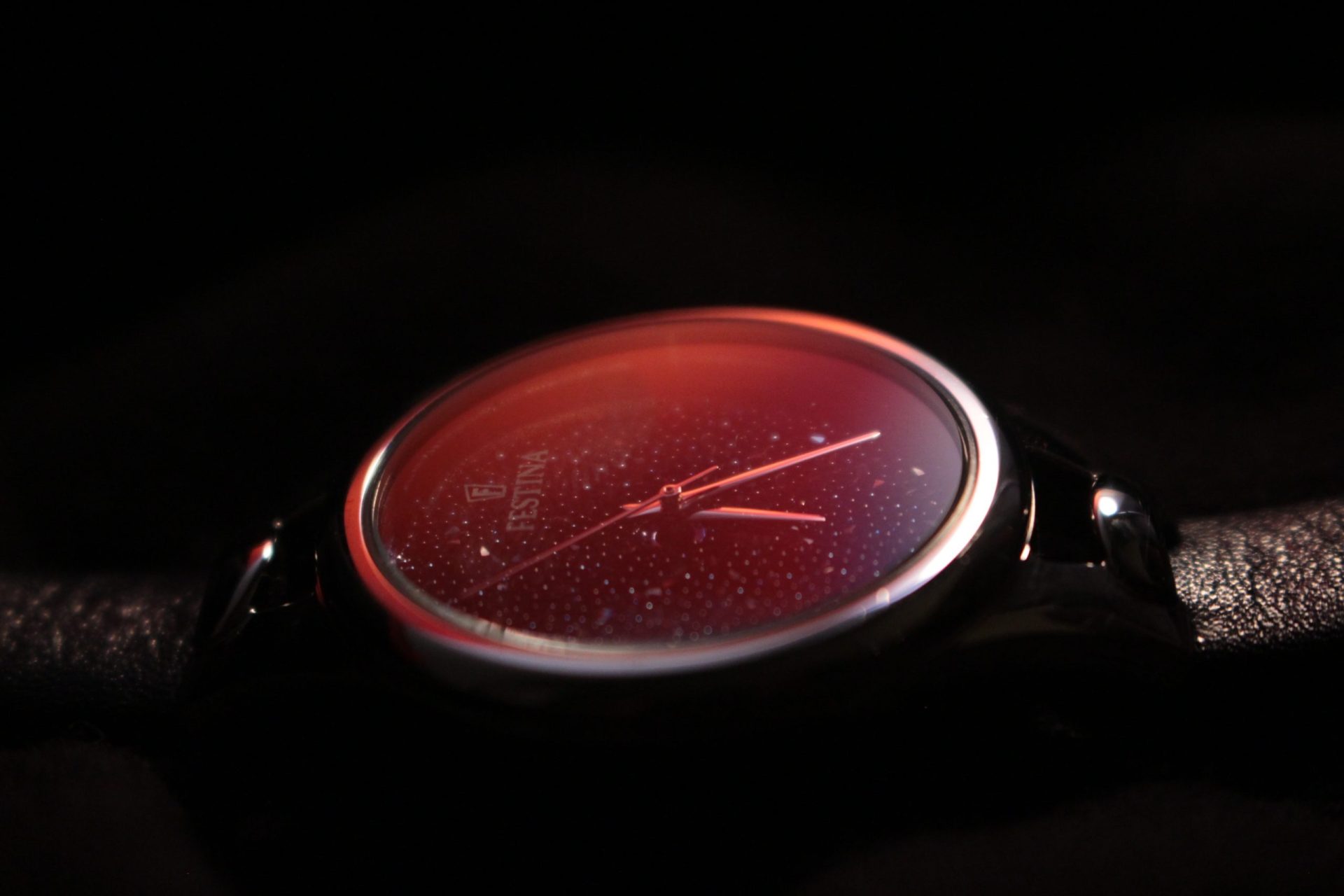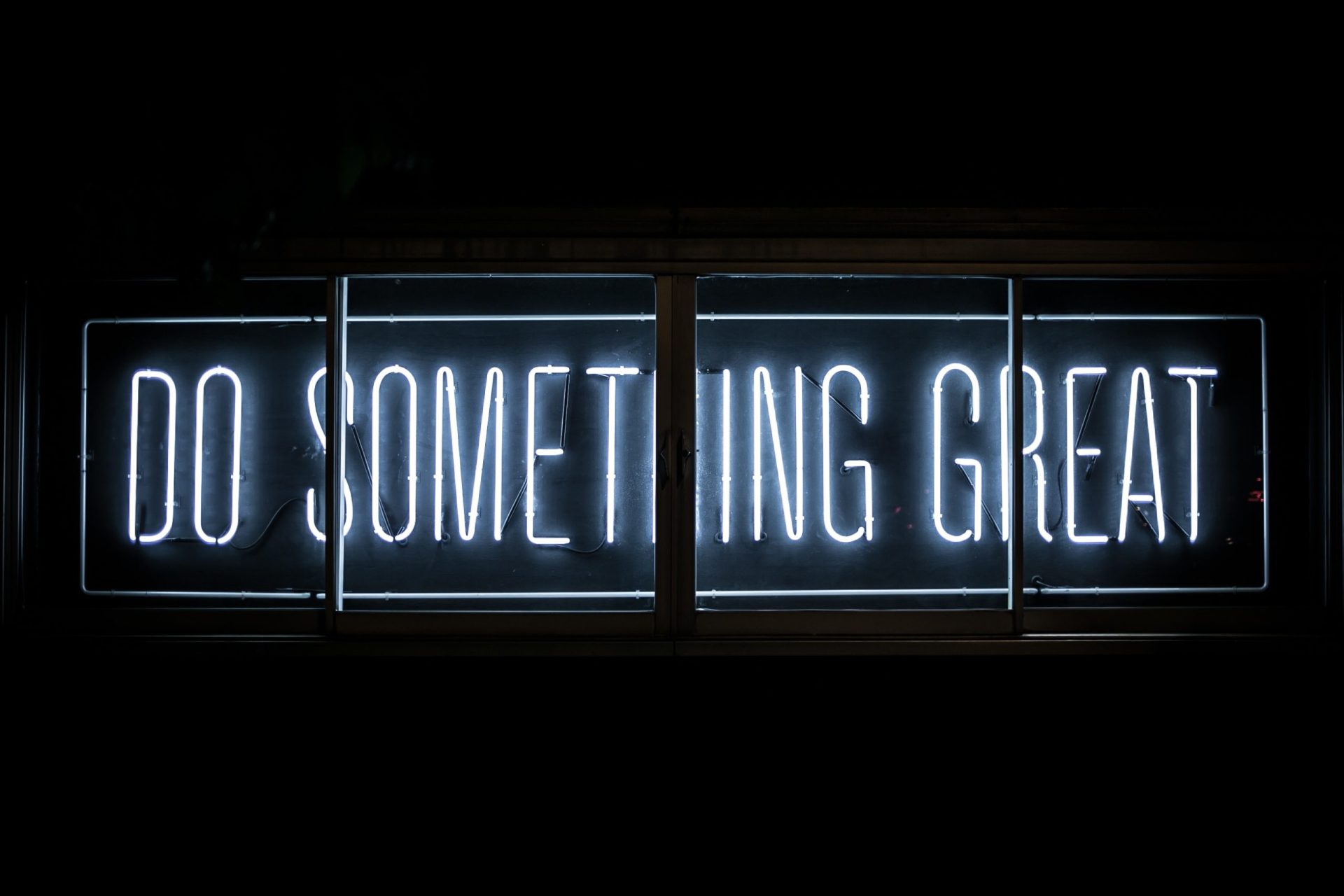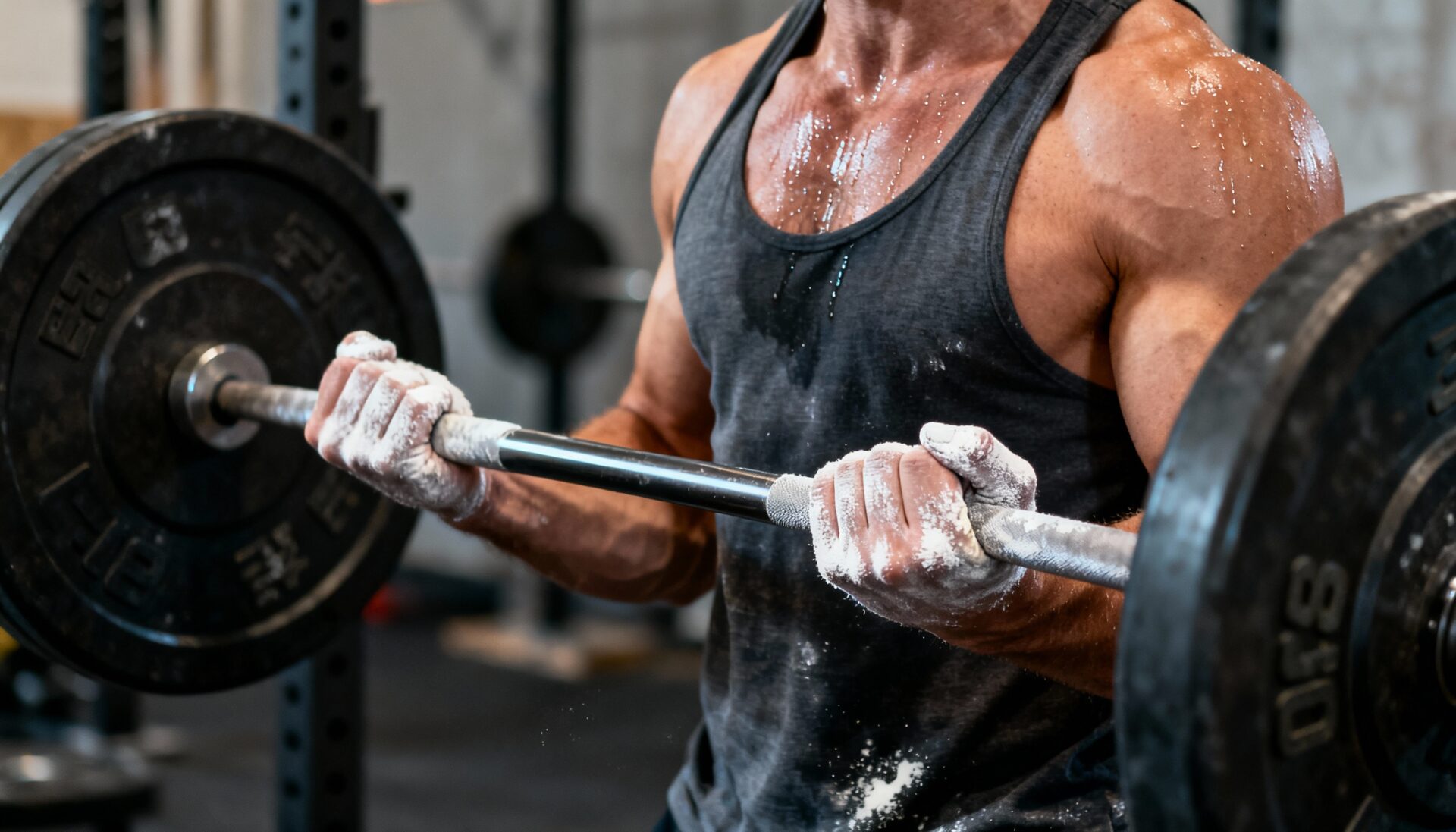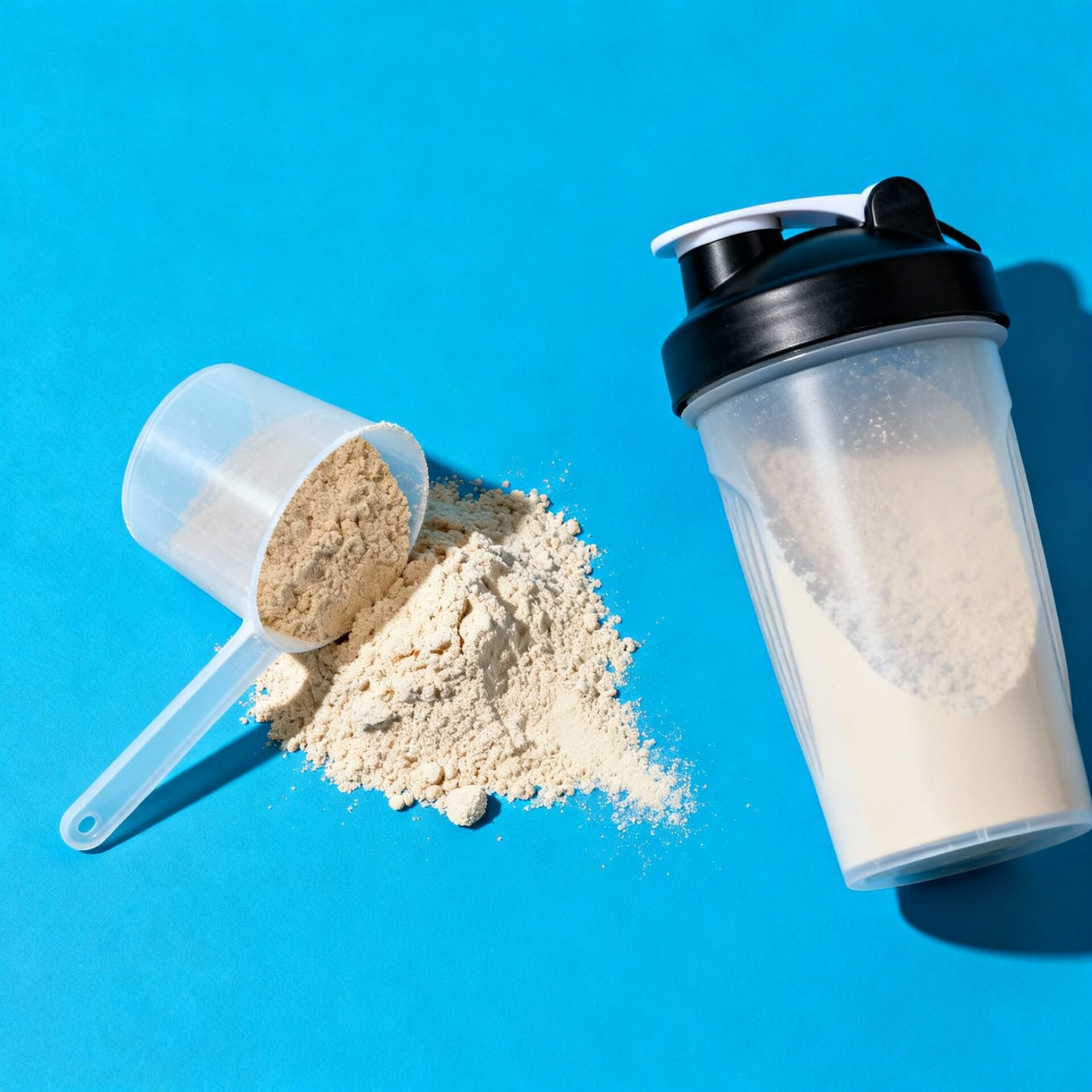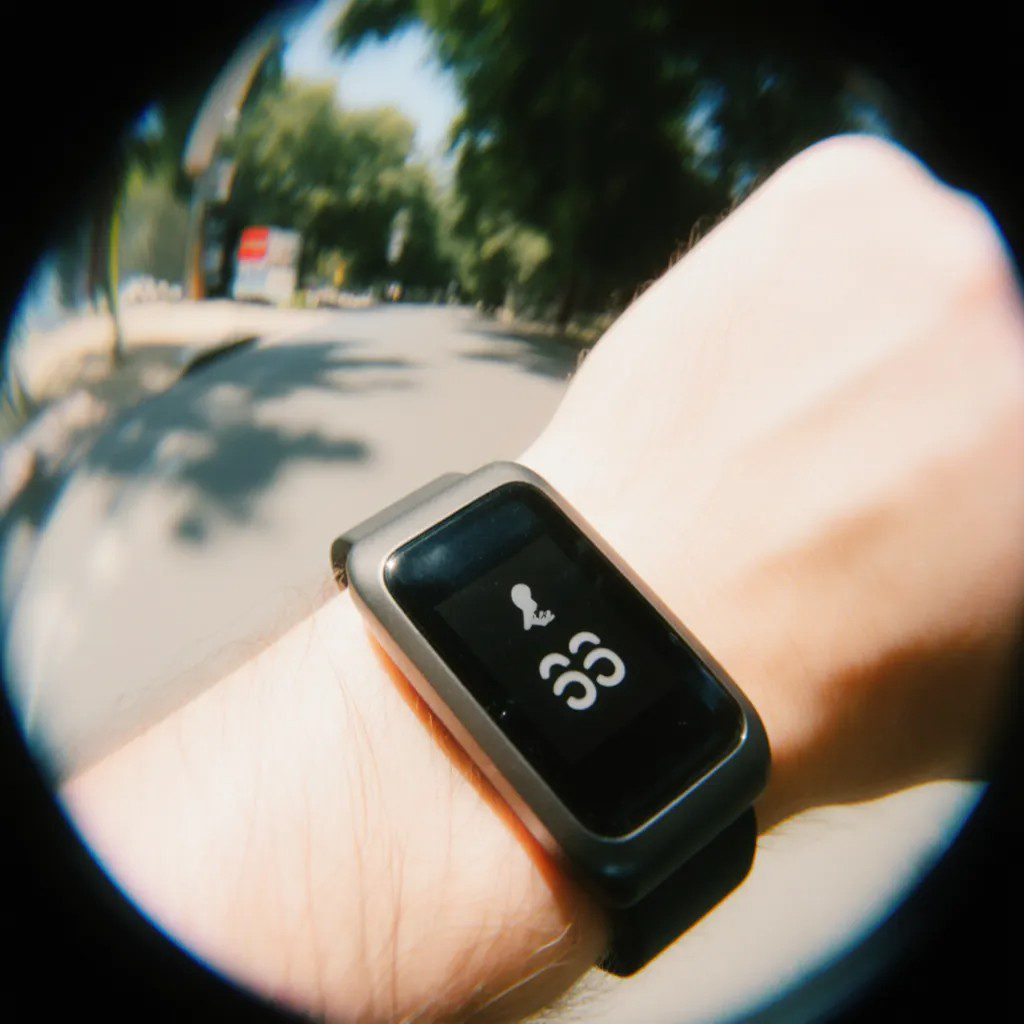By William King
Powerlifting is a variation of Olympic weightlifting. The goal of the sport is to lift the maximum cumulative weight through three attempts or “sets. By heavy lifting, athletes create a high intensity burn throughout the body allowing them to use many calories in one set. In the long term this can even lead to an increase in the metabolic rate. Powerlifting has 3 different exercises including squats and deadlift, which strengthen your core, back, and legs, and bench press which strengthens most of the muscles of the upper body. This allows lifters to build muscle and increase bone density.
According to the 2022 “Medical History Associated with Adolescent Powerlifting” by Eugene W. Brown, “In teenage powerlifting, it is common for the musculoskeletal system to be exposed to loads that exceed body weight by as much as two to three times.” In powerlifting competitions, powerlifters are separated by age and body weight classes. There are two age division for children and teenagers. The youth age divisions for Powerlifting America begins at eight years of age by the day of competition and the pre-sub-junior are twelve to thirteen years. The categories are separated by gender, and there are only specific weight classes in the youth age division. Additionally, according to the 2017 work, “Effect of Powerlifting Activity on Development of Boys’ Motor Ability” by Dr. Avsiyevich Vitaliy, “Powerlifting activity in combination with general developing exercises (track and field athletics, acrobatics, calisthenics, and sports games) facilitate harmonious development of boys’ motor abilities, increasing not only the level of development of speed-and-power qualities, but also their speed endurance.” Many sports teams have weight training incorporated into practice between games. This training suggests that powerlifting is great for endurance and the development of teen athletes’ motor abilities, when performed together with a sport. The American Academy of Pediatrics stated that proper strength training can increase strength without the chance of developing concomitant muscle hypertrophy. “Such gains in strength can be attributed to a neurologic mechanism whereby training increases the number of motor neurons that are “recruited” to fire with each muscle contraction” Thus, it can allow young girls and preadolescent boys with low androgen concentrations to increase in strength without concomitant hypertrophy. However, some of the risks shown in data from the consumer product safety commissions national electronic injury surveillance systems, indicates that “40%-70% of all strength-training injuries, with hand, low back, and upper trunk area occur on home equipment with unsafe behavior and unsupervised settings”. So, there are some guidelines to which coaches and athletes must always adhere when lifting to limit injuries and maintain the health of the athlete. In competitions, Powerlifting America states that to qualify for any ranking, athletes must have almost perfect form. This also helps prevent many injuries that can have short and even long-term effects on young athletes.
According to the 1970 paper, “Lifting the Mind: A Case Study of Applied Sport Psychology in Powerlifting” by Scott P. Barnicle and Maxime Lepage, “Through the specific, deliberate, and purposeful selection and practice of applied sport and exercise psychology principles, strength-sport athletes can see improvements on and off the platform, with this example providing rationale for the inclusion of the mental aspects of performance in any competitive training protocol” This helps to explain the need for having psychological exercises included with powerlifting to see the effects both on and off the competition stage. Research evidence suggests lifting heavy weights is particularly effective at boosting natural levels of dopamine and endorphins. Evidence also supports the idea that lifting heavy weights can reduce stress and anxiety by reducing cortisol levels, the primary stress hormone. Lifting can be beneficial to teens because many of them begin to experience changes in overall mood and hormone levels. Puberty has a profound effect on hormone levels. As teens begin to navigate the real world, powerlifting can act as an escape or help ground them.
According to the 2022 article, “The Benefits and Risks of CrossFit” by Jena Meyer, Janet Morrison, and Julie Zuniga, “CrossFit, just as any other high-intensity training, increases VO2 max, strength, musculature, and endurance, and decreases lean body mass.” CrossFit exercises can improve and increase muscle and bone density in teenagers as well as teach them how to safely lift weights. Every year, a competition called CrossFit Games is held. It is a three-week international competition where anyone can compete in the biggest competition in CrossFit history. Adolescents that compete in these games are called “CrossFit Teens.” They must usually sacrifice quite a lot to be able to successfully compete. One teen named Emma Cary was interviewed in 2022 by Ava Kitzi in an article titled “CrossFit teens, Homeschooling, and Isolation”, “Every minute was spent on training or homework,” Cary finished 16th place in the 2021 CrossFit games. She stated that training for the CrossFit games was “extremely strenuous situation for the teenager going so far as to affect her recovery and sleep.” She said that she didn’t have time to relax or even stretch or recover her body. Even though Cary did admit that she missed a lot of typical teen experiences, she’s “happy with the decisions she’s made, claiming that it was because of those hard decisions to skip fun events, that she’s able to compete and take part in the experiences she truly cares about”.
However, according to the 2022 work, “Identifying the Most Common CrossFit Injuries in a Variety of Athletes” by Kirill Alekseyev, Alex John, and Marc Ross, “Our study demonstrates that about one-third (33.3%) of the 885 participants experienced an injury during their training, with the lower back and shoulder being the most common sites of injury. Workouts that involved the greatest number of injuries were squats, deadlifts, and cleans and jerks.” Physically, CrossFit can be quite perilous to athletes if not performed with the correct form or without any supervision. Nevertheless, CrossFit can be an important and positive outlet for many adolescents. I can provide an escape for when they are having difficulty coping with anxieties and stressors that come with being a teen. Along with having some positive effects on physical health, CrossFit can also become a lifestyle that many kids could adopt during their “coming of age” experiences. So, everything should be performed in moderation. Teens and their coaches should be given breaks and time to allow them to also live out their high school experiences.
Both Powerlifting and CrossFit offer various physical benefits to teenagers. These include increasing VO2 max, strength, endurance, and bone and muscle density. Powerlifting and CrossFit also offer different mental health benefits such as reduced stress, anxiety, while boosting dopamine and endorphin levels. But, both Powerlifting and Crossfit may be detrimental to teenagers if not performed with correct form or without proper supervision. Such carelessness could result in painful injuries. Nevertheless, Powerlifting and CrossFit will continue to attract many teenagers in the future which may lead to healthier, physically fit, and mentally aware teenagers.
References
Alekseyev K;John A;Malek A;Lakdawala M;Verma N;Southall C;Nikolaidis A;Akella S;Erosa S;Islam R;Perez-Bravo E;Ross M; (n.d.). Identifying the most common CrossFit injuries in a variety of athletes. Rehabilitation process and outcome. Retrieved November 29, 2022, from https://pubmed.ncbi.nlm.nih.gov/34497463/
Avsiyevich, V. (2017, July 6). Effect of powerlifting activity on development of boys’ motor ability. SSRN. Retrieved November 29, 2022, from https://papers.ssrn.com/sol3/papers.cfm?abstract_id=2997081
By, Ramirez, V., Bangor, Balgowlah, Vale, M., CBD), H. S. (S., & Brookvale. (n.d.). The benefits of powerlifting. Vision Personal Training. Retrieved November 29, 2022, from https://www.visionpersonaltraining.com/expert-hub/expert-articles/weight-loss/the-benefits-of-powerlifting#:~:text=The%20squat%20and%20deadlift%20strengthen,brain%20health%2C%20even%20slows%20neurodegeneration.
Council on Sports Medicine and Fitness. (2008, April 1). Strength training by children and adolescents. American Academy of Pediatrics. Retrieved November 29, 2022, from https://publications.aap.org/pediatrics/article/121/4/835/70927/Strength-Training-by-Children-and-Adolescents?autologincheck=redirected%3FnfToken
CrossFit Teens, homeschooling and isolation: “Every minute was spent on training or homework”. Morning Chalk Up. (2022, April 15). Retrieved November 29, 2022, from https://morningchalkup.com/2022/04/17/crossfit-teens-homeschooling-and-isolation-every-minute-was-spent-on-training-or-homework/
J;, M. J. M. J. Z. (n.d.). The benefits and risks of CrossFit: A systematic review. Workplace health & safety. Retrieved November 29, 2022, from https://pubmed.ncbi.nlm.nih.gov/28363035/
Lepage, M. (1970, January 1). Lifting the mind: A case study of applied sport psychology in powerlifting: Semantic scholar. undefined. Retrieved November 29, 2022, from https://www.semanticscholar.org/paper/Lifting-the-Mind%3A-A-Case-Study-of-Applied-Sport-in-Lepage/b4c8bd87af0bdb4375e2077c288fcbb736079476
LLC., C. F. (n.d.). Open. The Open. Retrieved November 29, 2022, from https://games.crossfit.com/
Nierenberg, C. (2016, March 1). CrossFit for kids? experts weigh the benefits and risks. LiveScience. Retrieved November 29, 2022, from https://www.livescience.com/53898-crossfit-for-kids-benefits-and-risks.html
RG;, B. E. W. K. (n.d.). Medical history associated with adolescent powerlifting. Pediatrics. Retrieved November 29, 2022, from https://pubmed.ncbi.nlm.nih.gov/6634267/
Whitelaw, S., Strong, W. B., Sawyer, S. M., Ruggero, C. J., Rothwell, P. M., Pickett, K., Patton, G. C., Patel, V., Ortega, F. B., Norris, R., Muris, P., Lubans, D. R., Lindwall, M., Kieling, C., … Faigenbaum, A. D. (2016, May 24). Effects of exercise on Mental Health Outcomes in adolescents: Findings from the CrossFit™ teens randomized controlled trial. Psychology of Sport and Exercise. Retrieved November 29, 2022, from https://www.sciencedirect.com/science/article/pii/S1469029216300577



